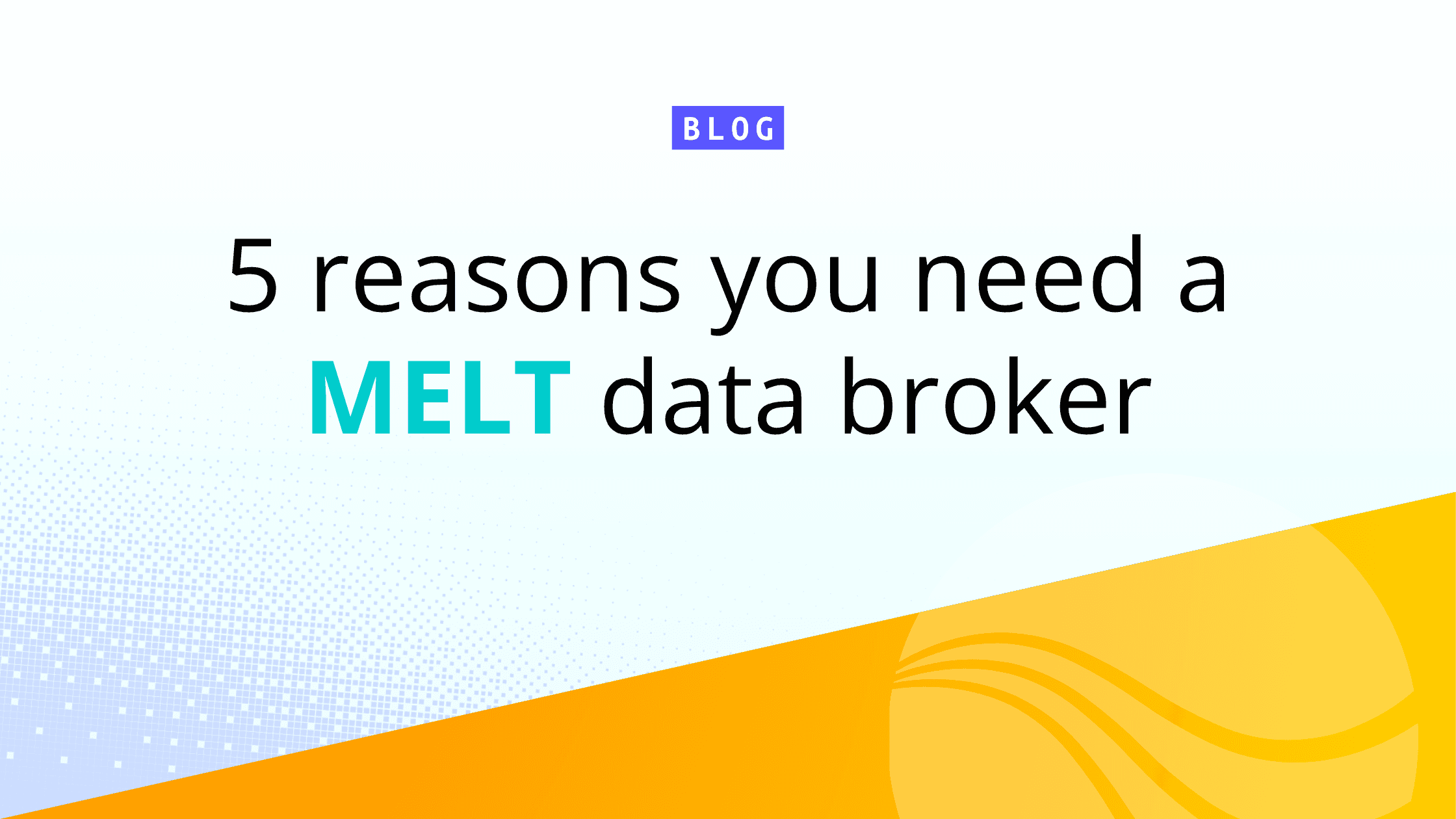Cloud migration has become a crucial strategy for businesses aiming to capitalize on scalability, flexibility, and cost-saving opportunities. As organizations transition from traditional data centers to cloud infrastructure, these companies can access advanced cloud services, enhance operational efficiency, and ensure seamless data and application management. However, cloud migration challenges can be difficult to solve.
Organizations often run into obstacles like data security and compliance risks, data loss, seemingly impossible legacy system integration, and skill gaps within their teams. Addressing these issues effectively is essential for a successful cloud migration, enabling businesses to reap the full benefits of cloud computing. In this blog, we will look at today’s cloud migration challenges and provide a few strategies and tips for effective management to ensure a smooth transition to the cloud.
Table of Contents
Cloud Migration Challenges
Migrating to the cloud offers a ton of benefits, but it also presents challenges that organizations must navigate to ensure a successful transition. Understanding these challenges is the first step toward mitigating risks and implementing effective solutions. This section outlines the most common cloud migration challenges, providing insights into the issues businesses frequently encounter and strategies to address them.
Data Security and Privacy
Data security and privacy are major concerns during cloud migration. Sensitive information must be protected from breaches and unauthorized access. Encryption, secure access controls, and regular security audits are essential to safeguard data during migration.
Data Governance
Data governance is crucial to maintaining data quality, consistency, and compliance. Organizations must establish clear policies and procedures for data management, ensuring that data is accurately categorized, stored, and accessed according to regulatory requirements.
Legacy System Compatibility
Integrating legacy systems with modern cloud infrastructure can be challenging. Legacy applications may not be designed to operate in a cloud environment, requiring significant modifications or replacements to ensure seamless functionality.
Service Disruption
Minimizing service disruption during migration is critical to maintaining business continuity. Detailed planning, phased migration approaches, and backup strategies are necessary to avoid downtime and ensure that services remain operational throughout the transition.
Vendor Lock-In
Choosing a cloud provider often comes with the risk of vendor lock-in, where it becomes difficult to switch providers due to dependency on specific services and technologies. To mitigate this, organizations should prioritize interoperability and consider multi-cloud management strategies.
Cost Management
Managing costs effectively is essential to avoid overspending on cloud services. Organizations must monitor usage, optimize resource allocation, and take advantage of cost-saving measures such as reserved instances and auto-scaling to keep expenses under control.
Scalability and Performance
Achieving optimal scalability and performance in a cloud environment requires careful planning. Organizations must design their cloud infrastructure to handle varying workloads and ensure that applications can scale efficiently without compromising performance.
Skill Gap
The lack of skilled IT and Security employees with cloud expertise can slow down cloud migration efforts. Investing in training and development programs for existing staff or hiring experienced professionals is necessary to bridge any skills gaps on the team and ensure successful cloud adoption.
Regulatory Compliance
Adhering to regulatory compliance is a critical aspect of cloud migration. Organizations must understand the legal and industry-specific data handling and storage requirements in the cloud, implementing necessary controls to remain compliant.
Data Migration Plan
A comprehensive data migration plan is essential for a successful transition. This plan should outline the steps for moving data from on-prem systems to the cloud and address potential issues such as data loss, corruption, or downtime during your migration.
Testing
Thorough testing is vital to identify and resolve issues before moving to the cloud. This includes testing applications’ performance, security, and functionality in the cloud environment to ensure they meet business requirements.
Change Management
Effective change management is necessary to ensure a smooth transition for employees and stakeholders. Clear communication, training, and support are crucial to help teams adapt to new processes and technologies introduced by cloud migration.
Data Integrity
Maintaining data integrity during migration is crucial to ensure that information remains accurate and unaltered. Putting robust validation and verification processes in place helps ensure data is transferred correctly and retains its integrity.
Time and Resource Commitment
Cloud migration requires significant time and resource commitment. Organizations must allocate sufficient resources for planning, execution, and post-migration support to ensure a successful and timely transition.
Long-Term Strategy Alignment
Aligning cloud migration efforts with the organization’s long-term strategy is essential for maximizing the benefits of cloud adoption. This involves understanding how cloud technologies can support business goals and then integrating those technologies into the strategic IT plan.
How to Avoid Cloud Migration Challenges in 2024 and Beyond?
Successfully navigating the challenges of cloud migration requires a proactive and strategic approach. Here are key steps to help avoid common challenges and ensure a smooth transition to the cloud:
Develop a Comprehensive Migration Strategy. Create a well-defined cloud migration strategy that aligns with your business objectives. This cloud strategy should outline the overall approach, OKRs, and success criteria for the migration process.
Assess Current Infrastructure and Define Clear Goals. Conduct a thorough assessment of your existing IT infrastructure to understand its capabilities and limitations. Clearly define your goals for migrating to the cloud, such as improving scalability, enhancing security, or controlling costs.
Create a Detailed Migration Plan with Timelines and Milestones. Develop a detailed cloud migration plan with specific timelines, milestones, and stakeholder sign-off. This plan should outline the steps for moving data, applications, and services to the cloud, ensuring a structured and phased approach to minimize disruption. Check out our Cloud Migration Checklist for a successful transition.
Involve Key Stakeholders and Create an Inventory of Dependencies. Engage key stakeholders from different departments to ensure a high-level understanding of the migration’s impact. Identify and document all dependencies, such as critical applications and data sources, to ensure nothing is missed during the transition.
Thoroughly Test Applications in the Cloud Environment. Conduct comprehensive testing of your applications in the cloud environment before fully migrating. This includes performance testing, security assessments, and functionality checks to identify and resolve issues before going live.
Implement Strong Security Measures and Monitor for Vulnerabilities. Security is key in cloud migration. Implement robust security measures such as encryption, multi-factor authentication, and regular security audits. Continuously monitor for vulnerabilities and address any threats promptly to protect your data and applications.
Partner with a Managed Service Provider for Expertise and Ongoing Support. Leveraging the expertise of a managed service provider (MSP) can significantly enhance your efforts with cloud migration services. MSPs offer valuable insights, technical expertise, and ongoing support to ensure a smooth and successful migration process.
Role of Data Governance Implementation in Cloud Migration
Effective data governance is crucial for ensuring the security and integrity of data during cloud migration. By deploying well-rounded data governance strategies, businesses can protect sensitive information, comply with regulations, and maintain data quality throughout the transition. Here are some key data governance strategies to consider:
Establish Data Ownership and Accountability
Clearly define data ownership and assign accountability to specific individuals or teams. This ensures that designated personnel are responsible for data security and compliance at every stage of the migration process.
Implement Data Classification and Categorization
Classify and categorize data based on its sensitivity and importance. This helps apply appropriate security measures and access controls, ensuring that critical data receives the highest level of protection.
Develop Detailed Data Policies and Procedures
Create detailed data governance policies and procedures that outline how data should be handled, stored, and accessed. These policies should cover data encryption, backup protocols, access controls, and incident response plans.
Utilize Data Management Tools
Leverage data management tools like Cribl Stream to automate and streamline data governance tasks. For instance, Cribl offers solutions that help organizations manage, secure, and analyze their data effectively, ensuring compliance and enhancing overall data governance.
Ensure Data Quality and Integrity
Implement data validation and verification processes to maintain data quality and integrity. Regularly audit and clean up the data to eliminate inaccuracies and inconsistencies, ensuring the migrated data is accurate and reliable.
Enforce Access Controls and Permissions
Establish strict access controls and permissions to limit data access to authorized employees and contractors. Implement role-based access controls (RBAC) and monitor user activity to prevent unauthorized access and potential data breaches.
Monitor and Audit Data Activities
Continuous monitoring and auditing of data activities are essential to detect and respond to any suspicious behavior. Use advanced monitoring tools to track data access, modifications, and transfers, ensuring that any anomalies are promptly addressed.
Ensure Compliance with Regulations
Stay updated with relevant regulations and industry standards, such as GDPR, HIPAA, and CCPA. Implement necessary controls to ensure your data handling practices comply with these regulations, avoiding legal penalties and damage to customer trust.
By implementing these data governance strategies, businesses can enhance the security of their data during cloud migration, ensuring a smooth and secure transition to the cloud. Using the Cribl suite of products can further streamline data management and governance for resilient security and compliance solutions.







